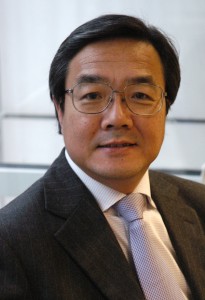
My previous post on Brazil’s Jose Graziano da Silva’s election as the new FAO Director-General underscored the essential elements of truly open and merit-based elections in major multilaterals. Though examples to the contrary were greater in number, it was not the only one. Another June election that utilized effective transparency mechanisms and voting rules was the choice of Koji Sekimizu as Secretary-General of the International Maritime Organization (IMO).
The Nomination Period
The incumbent Secretary-General, Efthimios Mitropoulos of Greece, will wrap up his second four-year term at the hear of the IMO this December.
As in the FAO, an early and open invitation for nominees to succeed him provided the foundation for identifying and vetting qualified candidates. Mitropoulos issued such an invitation at the request of the IMO’s governing Council last November. While the nomination period was shorter than the FAO’s 12-month offering, the 4-month period still exceeded the typical time frames during which multilaterals’ member states often rush to put forward candidates, especially those seen this year.
Such formal nomination period, to be successful however, have to be used in combination with an announced deadline that comes well in advance of the actual election, and after which, member states cannot put forward new nominees.
Deadlines serve as one accountability mechanism against a politicization of the process that would otherwise encourage “dark horse” candidacies. Such candidates are individuals whom governments may privately support from the beginning but not formally nominate until later in the process, usually after strategically voting against announced candidates. Such nominees usually unknown (as candidates) to the majority of governments, but become “compromise” candidates after others are eliminated from consideration.
The IMO process included this feature. The formal nomination period opened following the IMO Assembly in November 2010 and IMO members could submit nominations until March 31, 2011.
The Candidates
Anticipating the invitation for candidates — Mitropoulos was limited to two 4-year terms and so would not be running again — Japan, Cyprus and the Philippines announced their intent to nominate or an actual nominee as early as August 2010. Nigeria, South Korea, Spain and the United States would also put forward candidates shortly after the nomination period opened in early November.
The eventual slate offered the largest number of contestants for the post in the organization’s history, including
- Mr. Lee Sik Chai (South Korea)
- Mr. Andreas Chrysostomou (Cyprus)
- Mr. Neil Frank Ferrer (Philippines)
- Mr. Jeffrey Lantz (United States of America)
- Mr. Esteban Pacha Vicente (Kingdom of Spain)
- Mr. Koji Sekimizu (Japan)
(Nigeria’s candidate, Monica Mbanefo, who had placed second in the race for the post in 2003, would later withdraw after questions concerning £300,000 to fund her campaign led to the dismissal of the Nigeria’s Director-General for Maritime Administration and Safety Agency. The issue of campaign financing is an emerging issue in multilateral elections.)
Several of the nominees visited IMO member states to solicit support for their candidacies, including the Bahamas, Turkey, Bangladesh, Panama, and Malaysia.

[Philippines candidate] Neil Frank Ferrer, director of the Department of Foreign Affairs’ (DFA’s) Office of Ocean Concerns, is currently doing the rounds of IMO member-nations to solicit their support for his candidacy, and at the same time, to explain his comprehensive vision of a revitalized and more responsive agency once he gets elected to the position to be vacated by Efthimios Mitropoulos of Greece.
…
The nominees were in Panama City, participating in the tenth version of “Panama Maritime”, an event that is one of the largest of the marine industry exhibitions in this hemisphere, with representatives from Asia, Europe, America and the United States, candidate Jeff Lance, the Philippines candidate Neil Ferrer and South Korean candidate, Lee-Sik Chai were seeking contact with representatives of IMO Member States to ensure as many votes as possible.
Unlike the FAO or IMF processes, the IMO election process does not provide for the Council to interview candidates, though candidate may include a personal statement with their nomination papers.
The Vote
In the IMO, the Council appoints the Secretary-General with the approval of the 169-member Assembly. This year, the Assembly will meet in November.
To win appointment from the Council, a candidate needs a simple majority of the body’s 40 member states,voting by secret ballot. With the unprecedented number of candidates to consider, the Council provided that successive rounds of voting would narrow the list of nominees by eliminating the candidate with the lowest support from successive ballots.
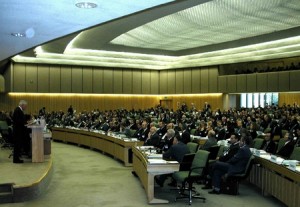
It turned out, however that successive rounds were unnecessary as Koji Sekimizu reportedly received 23 votes on the first ballot. Philippines candidate Neil Ferrer came in second, and his government announced it would support Sekimizu‘s appointment when it goes to the IMO Assembly.
The IMO process was not quite as robust and transparent as the FAO, but it clearly demonstrated many of the necessary elements to ensure the eventual selectee was highly qualified and that all member states felt engaged in putting forward nominees and participating in his or her election.
Sekimizu will begin his 4-year term on January 1, 2012, the same day that da Silva takes over at the FAO for a 5-year stint. Both organizations will benefit from the increased legitimacy of their senior executives being chosen through these more competitive intergovernmental election processes. As we move forward, the confidence of governments in employing such processes and the selection of such highly qualified candidates should encourage their adoption by other multilaterals.

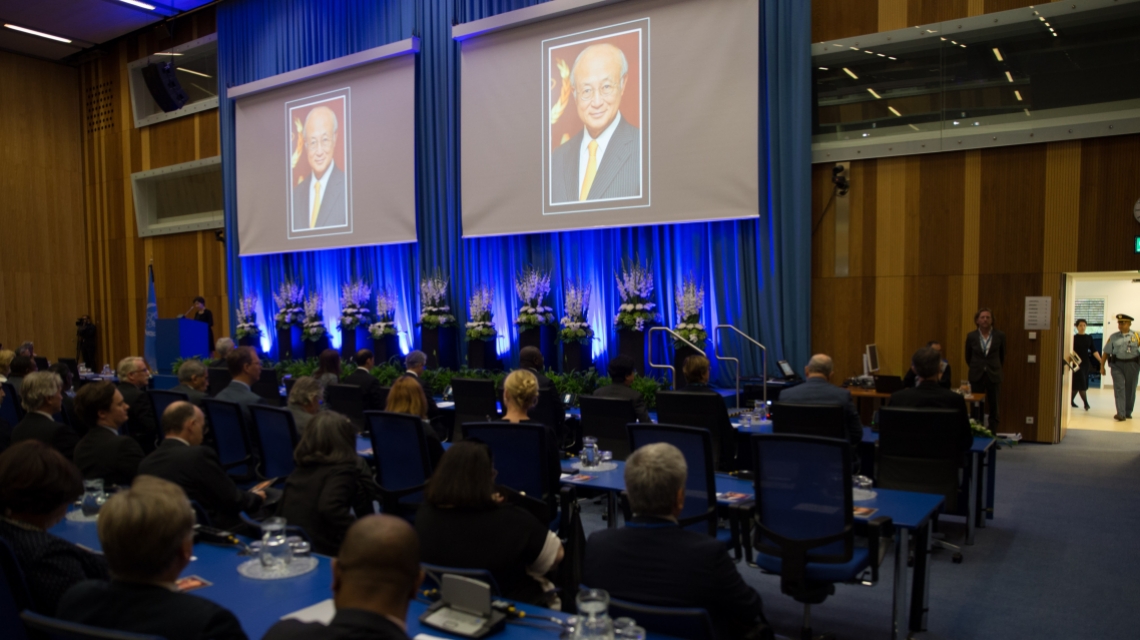
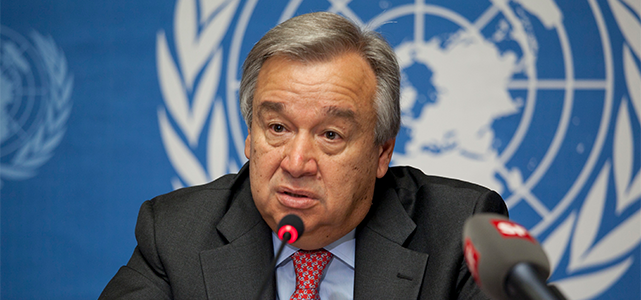
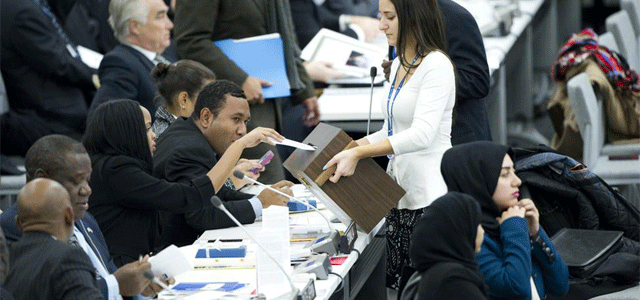
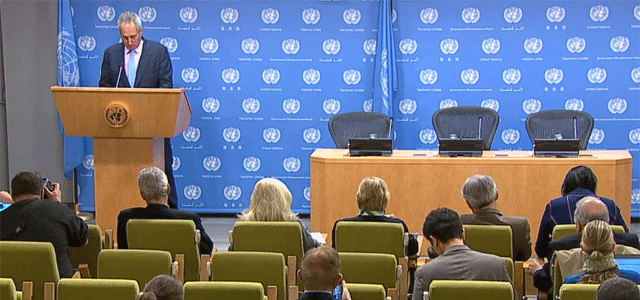
One thought on “Elections done right: The IMO”